How to Design a Gothic Architecture: Incorporating Ornate Details and Dramatic Elements
Gothic architecture is a style that originated in Europe during the Middle Ages, characterized by its ornate details and dramatic elements. It is known for its pointed arches, ribbed vaults, and flying buttresses. Gothic architecture has been used in the construction of churches, cathedrals, and castles for centuries, and remains a popular style today.
Designing a Gothic building can be a challenging task, but with careful planning and attention to detail, it is possible to create a stunning and unique structure. In this article, we will explore the key elements of Gothic architecture and how to incorporate them into your design.
The Key Elements of Gothic Architecture
Gothic architecture is known for its ornate details and dramatic elements. Some of the key features of Gothic architecture include:
- Pointed arches
- Ribbed vaults
- Flying buttresses
- Gargoyles
- Stained glass windows
- Tracery
- Fleur-de-lis
Incorporating Gothic Elements into Your Design
When designing a Gothic building, it is important to consider how to incorporate these elements into your design. Some tips for incorporating Gothic elements into your design include:
- Researching Gothic architecture to gain inspiration
- Choosing materials that are common in Gothic architecture, such as stone, brick, and wood
- Incorporating pointed arches, ribbed vaults, and flying buttresses into your design
- Using gargoyles and other decorative elements to add visual interest
- Using stained glass windows to create a dramatic effect
- Using tracery and fleur-de-lis to add ornate details
By following these tips and incorporating the key elements of Gothic architecture into your design, you can create a stunning and unique structure that is sure to impress.
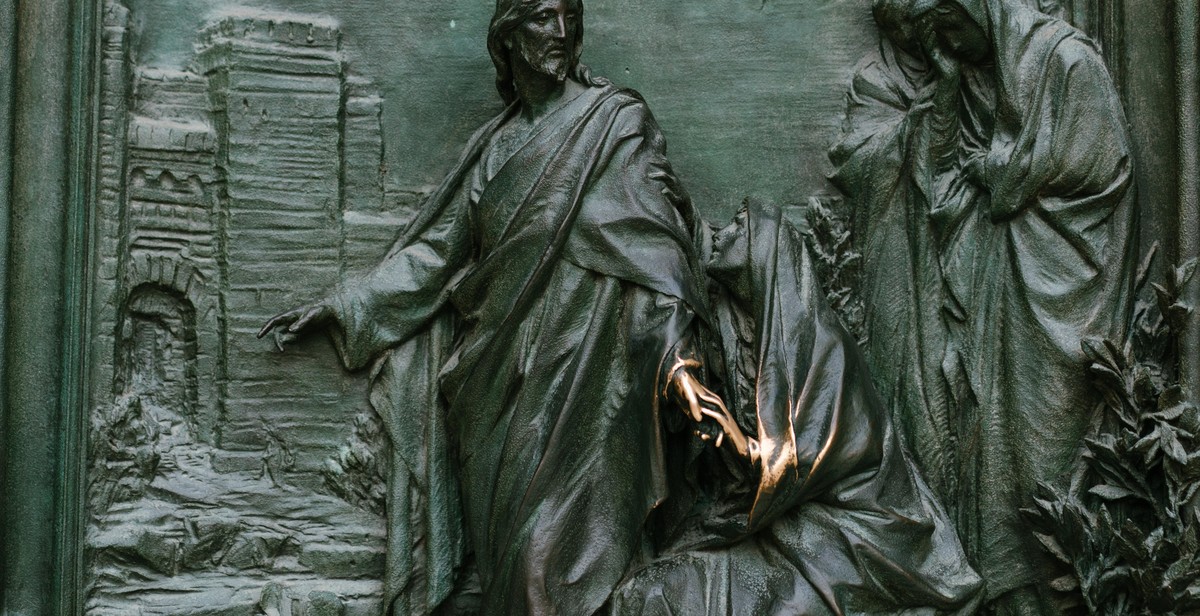
Understanding Gothic Architecture
Gothic architecture is a style that originated in France during the 12th century and became popular throughout Europe until the 16th century. It is characterized by its ornate details and dramatic elements, which were used to convey religious and political power.
Origins of Gothic Architecture
The Gothic style emerged as a response to the Romanesque style, which was prevalent during the 11th and 12th centuries. Romanesque architecture was characterized by its rounded arches, thick walls, and small windows. However, Gothic architecture sought to create a more open and airy space by using pointed arches, flying buttresses, and ribbed vaults. This allowed for taller and more elaborate structures that were able to accommodate larger congregations.
The Gothic style was also influenced by the rise of Gothic literature during the 18th and 19th centuries. Gothic literature was characterized by its dark and mysterious themes, which were reflected in the architecture of the time. This gave rise to the use of gargoyles, grotesques, and other decorative elements that were intended to evoke a sense of fear and awe.
Key Elements of Gothic Architecture
There are several key elements that are commonly found in Gothic architecture:
- Pointed arches: These arches were used to create a more open and airy space, as well as to distribute weight more evenly across the structure.
- Flying buttresses: These were used to support the weight of the walls and roof, allowing for taller and more elaborate structures.
- Ribbed vaults: These were used to create a more intricate and decorative ceiling, as well as to distribute weight more evenly across the structure.
- Gargoyles and grotesques: These decorative elements were used to evoke a sense of fear and awe, and were often used to convey religious and political power.
- Stained glass windows: These were used to create a dramatic effect by filtering light into the space and creating a colorful and vibrant atmosphere.
Overall, Gothic architecture is a style that is characterized by its ornate details and dramatic elements. It is a style that has stood the test of time and continues to inspire architects and designers to this day.
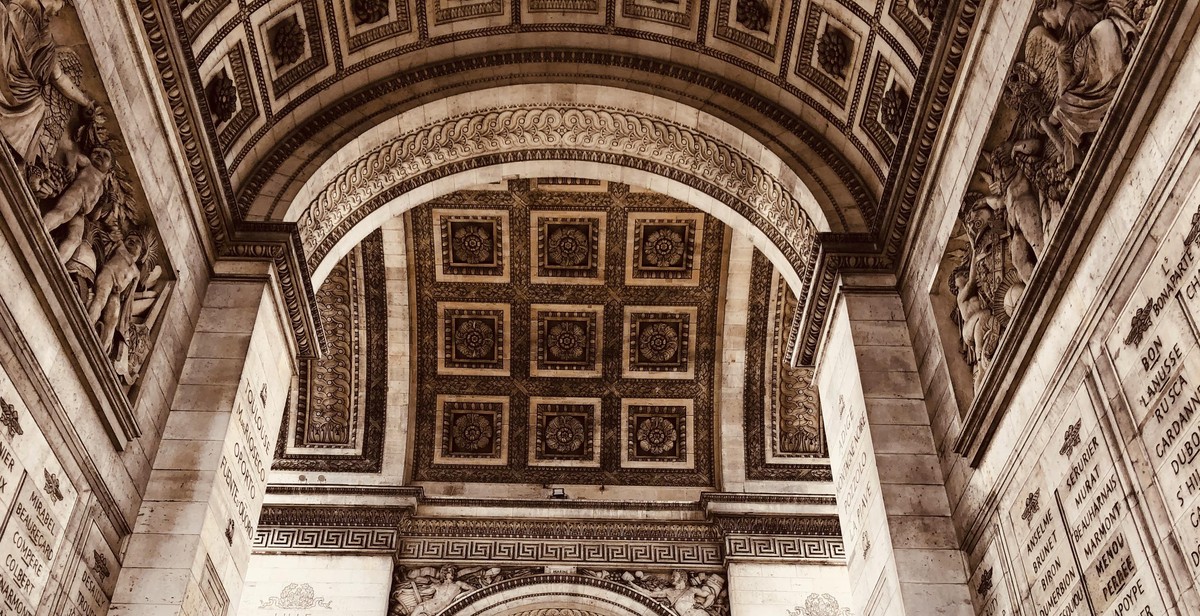
Incorporating Ornate Details into Gothic Architecture
Gothic architecture is known for its intricate details and dramatic elements. Incorporating ornate details into Gothic architecture can elevate the overall design and create a stunning aesthetic. Here are some ways to incorporate ornate details into Gothic architecture:
Gothic Arches and Tracery
Gothic arches are a staple of Gothic architecture. They are characterized by their pointed shape, which creates a sense of height and drama. Tracery is the ornamental stonework that fills the space between the arches. It can be used to create intricate patterns and designs. When incorporating Gothic arches and tracery into your design, consider using contrasting colors and textures to highlight the intricate details. Additionally, consider using lighting to accentuate the arches and tracery and create a dramatic effect.
Gothic Windows and Stained Glass
Gothic windows are another iconic element of Gothic architecture. They are often tall and narrow with pointed arches and intricate tracery. Stained glass is often used to fill the space within the window frames, creating a beautiful and colorful effect. When incorporating Gothic windows and stained glass into your design, consider using contrasting colors to highlight the intricate details of the tracery. Additionally, consider using different types of glass, such as textured or frosted glass, to create a unique and visually interesting effect.
Gothic Vaults and Ceilings
Gothic vaults are arched ceilings that are often used in Gothic architecture. They are characterized by their pointed arches and ribbed structure. The ribs can be ornately decorated with intricate patterns and designs. When incorporating Gothic vaults and ceilings into your design, consider using contrasting colors to highlight the ribbed structure. Additionally, consider using lighting to accentuate the ornate details of the ribs and create a dramatic effect.
Overall, incorporating ornate details into Gothic architecture can create a stunning and visually interesting design. By using contrasting colors, textures, and lighting, you can highlight the intricate details and create a dramatic effect.
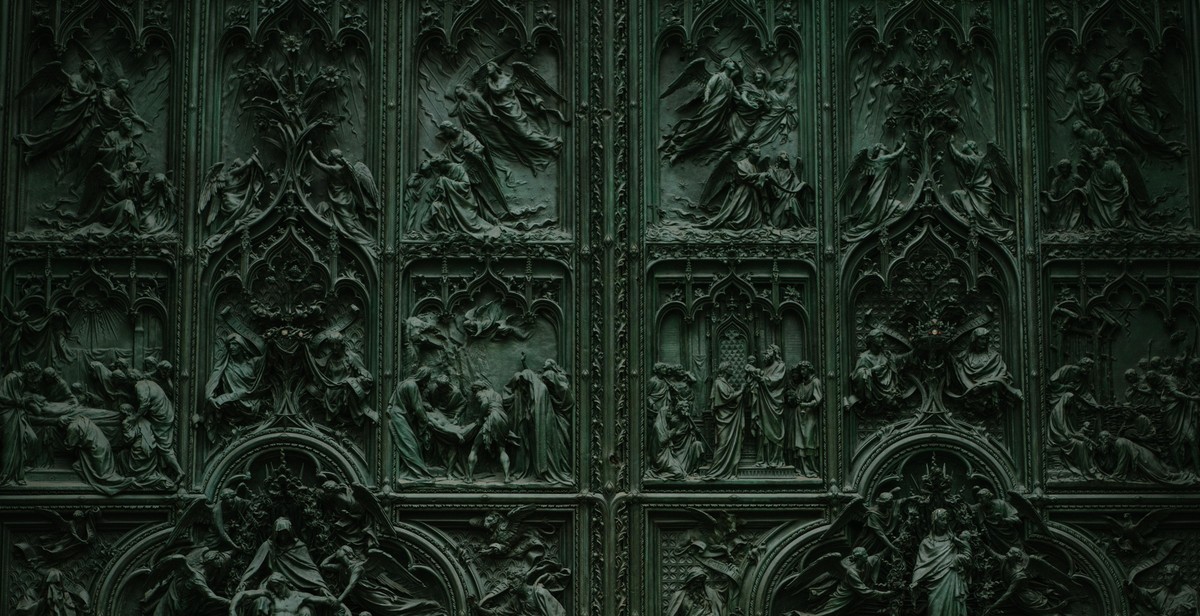
Using Dramatic Elements in Gothic Architecture
Gothic architecture is known for its ornate details and dramatic elements that create a sense of awe and wonder. One of the most prominent features of Gothic architecture is the use of gargoyles and grotesques, towers and spires, and flying buttresses.
Gargoyles and Grotesques
Gargoyles and grotesques are decorative sculptures that are often found on the exterior of Gothic buildings. These sculptures are usually carved in the form of animals, mythical creatures, or human figures. They serve a dual purpose – as decorative elements and as functional features that help to drain rainwater away from the building.
The use of gargoyles and grotesques in Gothic architecture dates back to the medieval period. They were believed to ward off evil spirits and protect the building from harm. Today, they are used primarily for their aesthetic value and are considered an iconic feature of Gothic architecture.
Towers and Spires
Towers and spires are another hallmark of Gothic architecture. These tall, slender structures are designed to draw the eye upward and create a sense of height and grandeur. They are often decorated with intricate carvings and sculptures, such as statues of saints and angels.
The use of towers and spires in Gothic architecture is rooted in the medieval desire to build structures that would reach towards heaven. They were also used as a means of communication, with bells being housed in the towers and used to signal important events and ceremonies.
Flying Buttresses
Flying buttresses are a key structural feature of Gothic architecture. These arched supports are used to transfer the weight of the building away from the walls and onto the ground. They are often decorated with intricate carvings and sculptures, making them both functional and ornamental.
The use of flying buttresses in Gothic architecture allowed for the creation of taller and more complex buildings than had been possible before. This innovation allowed architects to experiment with new forms and designs, resulting in some of the most iconic and impressive buildings in history.
- Gargoyles and grotesques, towers and spires, and flying buttresses are all key elements of Gothic architecture.
- These dramatic features serve both functional and aesthetic purposes, creating a sense of awe and wonder.
- The use of these elements is rooted in medieval traditions and the desire to build structures that would reach towards heaven.
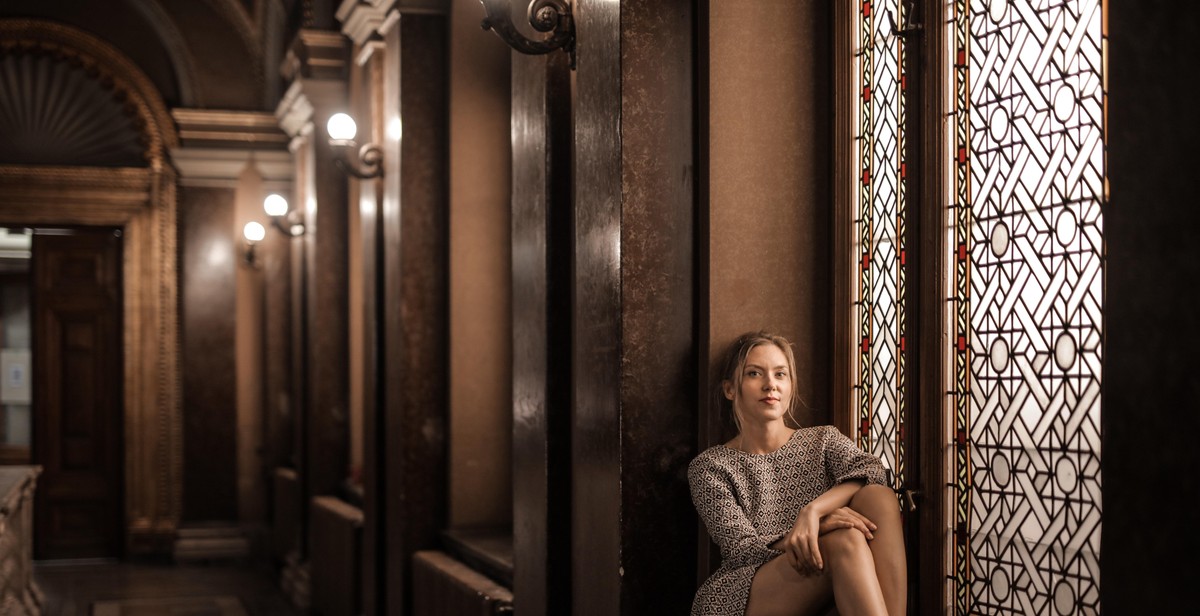
Designing a Gothic Building
Choosing the Right Materials
One of the most important aspects of designing a Gothic building is choosing the right materials. Gothic architecture is known for its use of stone, particularly limestone, which is durable and can be carved into intricate details. Other materials commonly used in Gothic architecture include brick, timber, and stained glass for windows.
When choosing materials, it is important to consider the availability and cost of each option. Additionally, the durability and maintenance requirements of each material should be taken into account. For example, while stone is a popular choice for its durability, it may require more maintenance than other materials over time.
Considering Function and Purpose
Another important factor to consider when designing a Gothic building is its function and purpose. Gothic architecture was often used for religious buildings, such as cathedrals and churches, which required large open spaces for congregations and intricate details to inspire awe and reverence. However, Gothic architecture can also be adapted for other purposes, such as residential or commercial buildings.
When considering function and purpose, it is important to think about the needs of the building’s occupants and how the design can best serve those needs. For example, a residential building may require more privacy and natural light than a religious building, which may prioritize grandeur and ornamentation.
Balancing Ornate Details and Dramatic Elements
Gothic architecture is known for its ornate details and dramatic elements, such as pointed arches, ribbed vaults, and flying buttresses. However, it is important to balance these elements with practical considerations, such as structural stability and functionality.
When designing a Gothic building, it is important to consider how the ornate details and dramatic elements will enhance the overall aesthetic without sacrificing functionality or safety. This may involve working closely with structural engineers and other professionals to ensure that the design is both visually stunning and structurally sound.
| Material | Description |
|---|---|
| Stone | Durable and can be carved into intricate details |
| Brick | Less expensive than stone and can be used for decorative purposes |
| Timber | Used for roof structures and decorative details |
| Stained Glass | Used for intricate and colorful windows |
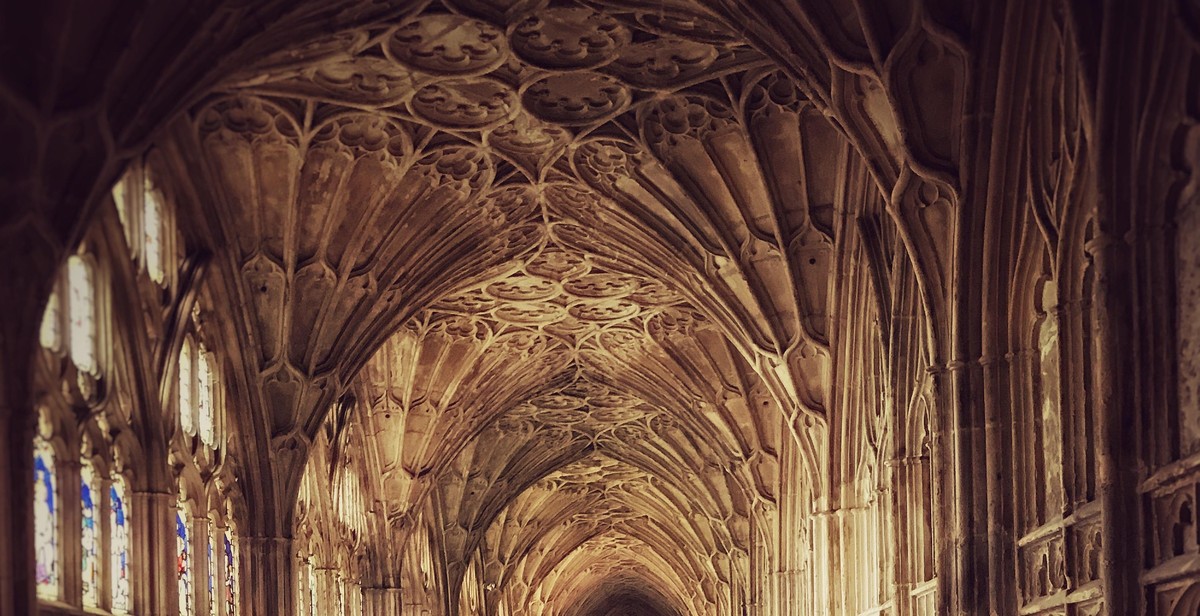
Conclusion
In conclusion, designing a gothic architecture requires careful consideration of the ornate details and dramatic elements that characterize this style. The use of pointed arches, ribbed vaults, and flying buttresses are some of the key features that define gothic architecture.
When designing a gothic building, it is important to pay attention to the proportions and scale of the elements used. The use of light and shadow is also crucial in creating the dramatic effect associated with gothic architecture.
Furthermore, the use of materials such as stone, brick, and stained glass is essential in creating the intricate details that are characteristic of gothic architecture. The use of gargoyles and other decorative elements also adds to the grandeur and beauty of gothic buildings.
Overall, gothic architecture is a timeless style that continues to inspire architects and designers today. By incorporating the ornate details and dramatic elements that define this style, designers can create buildings that are both aesthetically pleasing and functional.
| Feature | Description |
|---|---|
| Pointed arches | Arches with a pointed shape that create a sense of height and verticality |
| Ribbed vaults | A vaulted ceiling with a series of ribs that create a sense of depth and complexity |
| Flying buttresses | Architectural supports that transfer the weight of the roof to the exterior walls, allowing for taller and more open interior spaces |
By following these key features and incorporating them into their designs, architects and designers can create buildings that are both beautiful and functional. Gothic architecture is a style that has stood the test of time, and it continues to inspire and captivate us today.
